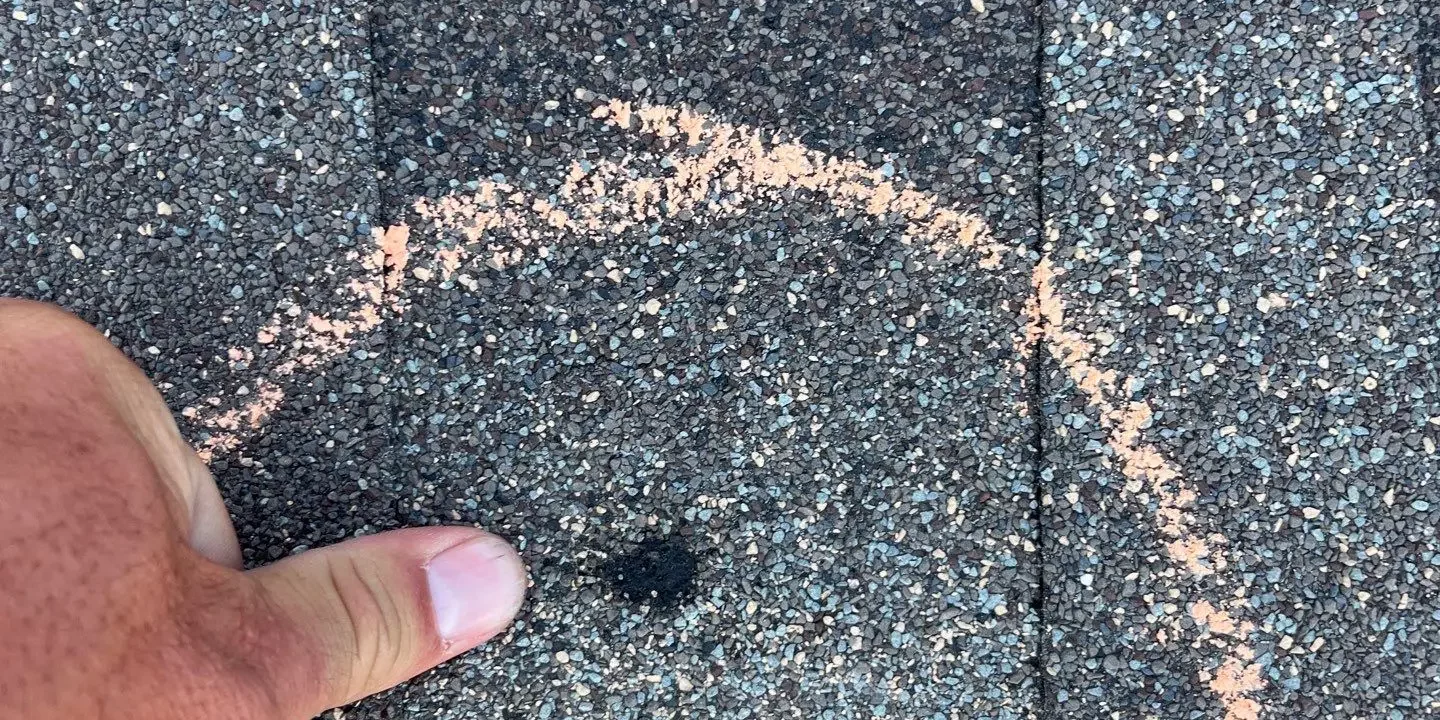Understanding Cosmetic vs. Functional Hail Damage
Hailstorms can be devastating, leaving homes and properties with significant damage. It is crucial for homeowners to distinguish between cosmetic and functional hail damage to make informed decisions regarding repairs and insurance claims. This comprehensive guide provides detailed insights into the differences, implications, and necessary actions related to hail damage.
Identifying Hail Damage: Initial Steps
Hail damage can manifest in various forms depending on the size of the hailstones, wind speed, and the materials used in your home’s construction. Here’s how to begin the assessment:
Inspecting the Roof
- Visual Examination: Start by inspecting your roof from the ground. Look for visible dents, cracks, or dislodged shingles. A pair of binoculars can aid in this process.
- Gutter Check: Examine your gutters for granule accumulation. This is a common sign of shingle degradation.
- Professional Inspection: Consider hiring a professional roofing company for a thorough inspection. They can safely access the roof and identify subtle damages that may not be visible from the ground.
Evaluating Siding and Windows
- Siding: Look for cracks, chips, or holes in your home’s siding. Hail can cause significant damage to vinyl and aluminum siding.
- Windows: Check for broken glass, cracks, and damaged frames or sills. Even minor damage can compromise the integrity of your windows.
Differentiating Cosmetic and Functional Damage
Understanding the difference between cosmetic and functional damage is vital for determining the necessary repairs and potential insurance coverage.
Cosmetic Damage
Cosmetic damage affects the appearance of your property but does not impact its functionality. Examples include:
- Minor dents in metal roofing or siding
- Surface granule loss on asphalt shingles without exposure of the underlying mat
- Slight discoloration of roofing materials
Functional Damage
Functional damage, on the other hand, compromises the integrity and performance of your home. It requires prompt attention to prevent further issues. Examples include:
- Cracked or broken shingles exposing the underlying mat
- Significant granule loss leading to reduced protection against UV rays and weather
- Damaged flashing around vents, chimneys, and skylights causing potential leaks
- Broken windows or compromised window seals impacting energy efficiency
Assessing the Impact of Hail Damage
The extent of hail damage can vary widely, and it’s essential to assess the impact accurately:
Short-Term Effects
- Water Intrusion: Functional damage can lead to water leaks, causing immediate damage to the interior of your home.
- Structural Compromise: Severe hail damage can weaken the structural components of your roof, making it vulnerable to future storms.
Long-Term Consequences
- Mold Growth: Undetected water damage can result in mold growth, posing health risks and requiring costly remediation.
- Decreased Property Value: Visible hail damage, even if cosmetic, can reduce the curb appeal and value of your property.
Repairing Hail Damage: Essential Steps
Prompt and proper repairs are crucial to maintaining the integrity and value of your home. Here’s a step-by-step guide to repairing hail damage:
Engaging Professional Services
- Hire a Licensed Roofing Contractor: Choose a reputable roofing company, such as GCCS Roofing, Inc., located in Littleton, CO, to ensure high-quality repairs. Verify their credentials and seek references.
- Get a Detailed Estimate: Request a comprehensive estimate covering all necessary repairs, including labor and materials.
- Insurance Claim Assistance: Professional contractors can assist with the insurance claim process, providing documentation and expert opinions to support your case.
Repair and Replacement Options
- Roofing Repairs: Depending on the extent of the damage, repairs may involve replacing individual shingles, patching small areas, or a complete roof replacement.
- Siding Repairs: Damaged siding panels should be replaced to restore the appearance and protection of your home.
- Window Repairs: Repair or replace broken windows and frames to ensure energy efficiency and security.
Preventing Future Hail Damage
While it’s impossible to prevent hailstorms, there are measures you can take to minimize potential damage:
Invest in Impact-Resistant Materials
- Roofing: Consider installing impact-resistant shingles designed to withstand hail impact. These materials can significantly reduce the risk of damage.
- Siding: Opt for durable siding materials that offer better resistance to hail damage.
Regular Maintenance
- Routine Inspections: Conduct regular inspections of your roof, siding, and windows to identify and address minor issues before they escalate.
- Gutter Maintenance: Ensure your gutters are clean and functioning correctly to prevent water buildup and potential damage during storms.
Conclusion
Distinguishing between cosmetic and functional hail damage is crucial for homeowners to protect their investment and ensure the longevity of their property. By understanding the types of damage, assessing the impact, and taking appropriate repair actions, you can mitigate the effects of hailstorms and maintain the integrity of your home. Engage professional services and invest in preventive measures to safeguard your home against future hail damage.







